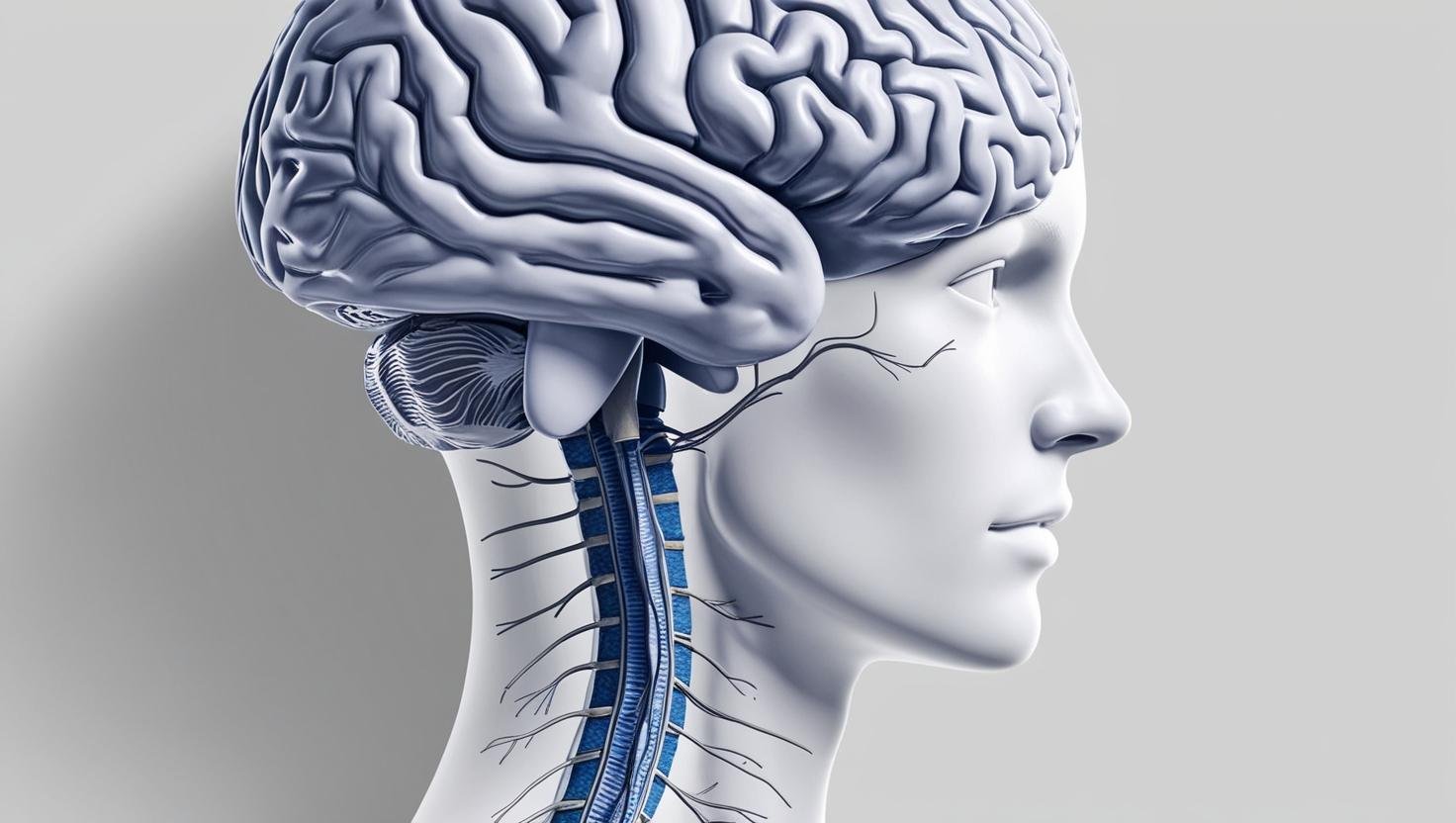The Autonomic Nervous System controls vital functions like heart rate, digestion, and breathing. Explore its structure, functions, and significance in human health.
The Role of the Autonomic Nervous System in Breathing
The autonomic nervous system (ANS) controls involuntary bodily functions, such as heart rate, digestion, and respiration. It consists of two main branches: the sympathetic nervous system (SNS) and the parasympathetic nervous system (PNS). The SNS is responsible for activating the body’s “fight or flight” response, while the PNS is responsible for calming the body and promoting relaxation. Deep breathing activates the PNS, helping to lower heart rate, reduce stress, and restore balance to the nervous system.
To support your autonomic nervous system health, you can incorporate guided breathing apps like Headspace, which offer breathing exercises to help activate the parasympathetic nervous system. These exercises can promote balance and help you manage stress more effectively.
Breathing Exercises for Balancing the ANS
Breathing exercises are an excellent way to balance the autonomic nervous system. Techniques such as diaphragmatic breathing, box breathing, and the 4-7-8 method are particularly effective in activating the parasympathetic nervous system. These exercises reduce the influence of the sympathetic nervous system, lowering heart rate, and promoting a state of calm.
For guidance on these techniques, Mindful Breathing Techniques by Calm.com provides a comprehensive selection of exercises specifically designed to balance the ANS. With regular practice, you can train your body to better cope with stress and achieve a more balanced state of mind.
Impact of Breathing on Stress Management
Stress management is crucial for maintaining a healthy autonomic nervous system. Chronic stress can lead to dysfunction in both the SNS and PNS, contributing to various health problems such as anxiety, high blood pressure, and heart disease. By practicing regular deep breathing exercises, you can reduce sympathetic activity, calm the nervous system, and mitigate the effects of stress.
For effective stress management, consider using tools like Calm’s Stress Relief Program, which includes breathing exercises tailored to reduce stress and promote relaxation. This program is a great addition to your daily routine for managing stress and restoring balance to your nervous system.

